Kyle Fellers and Anthony Foote were banned from school grounds in Bow after wearing the wristbands to a soccer game in September that included a transgender girl on the opposing team. They later sued the school district, and while the no-trespass orders have since expired, they asked the judge to allow them to carry signs and wear the wristbands featuring the symbol for female chromosomes at school events while the case proceeds.
Both men testified at a hearing in November that they didn’t intend to harass or otherwise target transgender athlete Parker Tirrell, and their attorneys argued they did nothing more than silently express their support for reserving girls’ sports for those assigned female at birth.
But in denying their motion Monday, U.S. District Court Judge Steven McAuliffe said the parents’ “narrow, plausibly inoffensive” intentions weren’t as important as the wider context, and that adults attending a high school athletic event do not enjoy a First Amendment protected right to convey messages that demean, harass or harm students.



I don’t think that’s right, fancy restaurants and other private establishments can enforce dress codes and things like that. Generally speaking, any private organization is allowed to exclude whoever they want from their events so long as they don’t do so for a forbidden reason. Kicking someone out because you don’t like their haircut is fine, but kicking someone out because (for example) they’re Muslim is not.
Public schools aren’t private institutions though, which is where things get so convoluted. The school is a government funded organization, and therefore has to do its best to avoid infringing on constitutional rights. However, courts have repeatedly ruled that schools have a higher obligation to protect the students in their care, even if it means restricting first amendment rights. So schools have a fairly high degree of discretion on what they do and don’t allow.
A more mild example is dress codes. Students could easily argue that a dress code violates their freedom of speech, as the way they dress is a form of speech. However, courts have ruled that dress codes are allowed, because the school has a duty to maintain an environment that is conducive to learning; even if it means restricting their students’ freedom of expression.
Yes, private organizations can set their own rules. That doesn’t change the basis of this ruling.
If a private club league had their own rules that said (among other things) “We do not tolerate promoting views that exclude on the basis of sexual identity during league events,” then the league would be within its rights to remove anyone violating that rule. Absent that, free speech applies. Especially for wearing something as vague as a pink bracelet.
Re: your example, there are many organizations that exclude on the basis of religion and sexual orientation. The Boy Scouts, for example, still require that members sign a Declaration of Religious Principle saying that they believe in some sort of higher power. This excludes atheists and agnostics. They also used to exclude homosexuals. The Supreme Court ruled in their favor back in the late 90s or early 00s that as a private organization they had the right to exclude whoever they wanted. They changed their stance on homosexuality voluntarily, but the SC ruling still applies. It is public institutions that cannot exclude, not private.
As far as this ruling goes, it’s not about the message it’s about the target and the fact that it was at a school function.
Ah, I see what you’re getting at and agree with what I think is your larger point, however all the first amendment nuances shake out this isn’t a case about a trans athlete getting any kind of special protections, this is just an “individuals’ free speech rights vs organizations’ rights to assemble without disruption” case. If these guys were thrown out for waging Palestinian flags or whatever other kinds of protesting it would be the same basic legal issue.